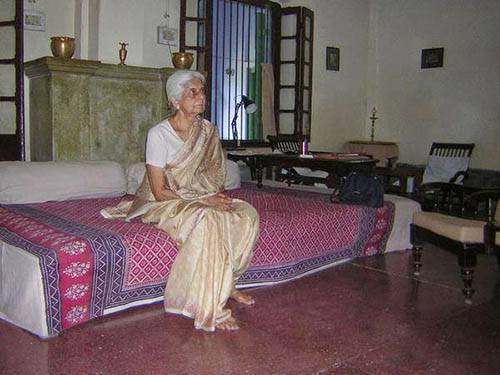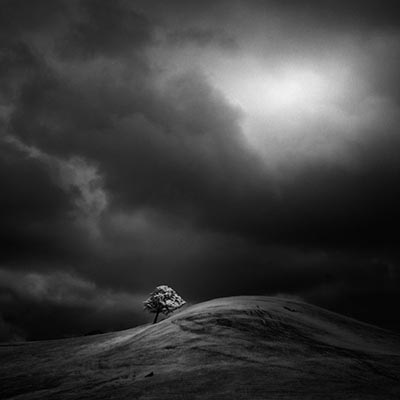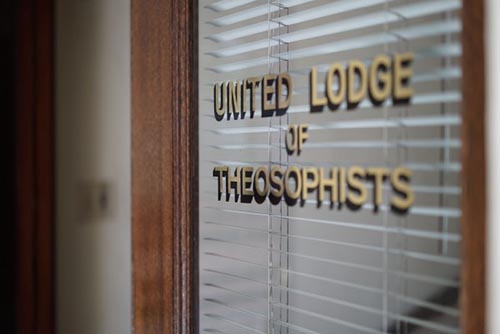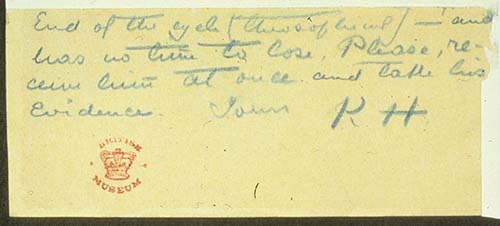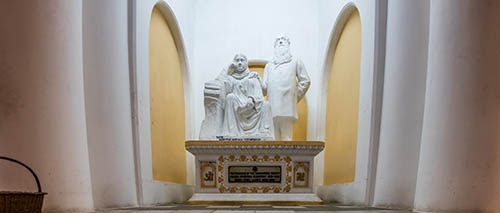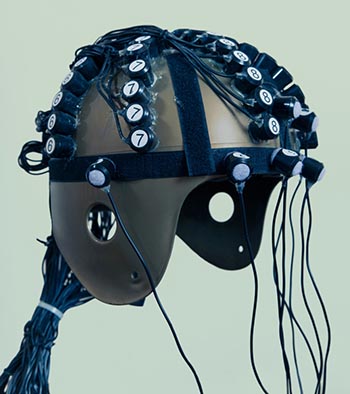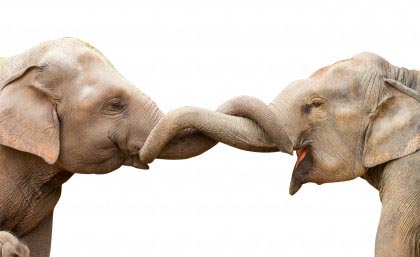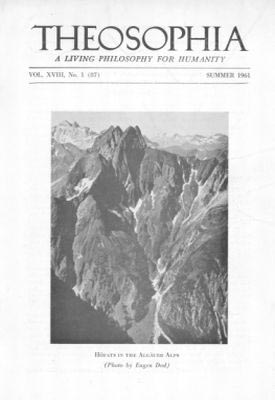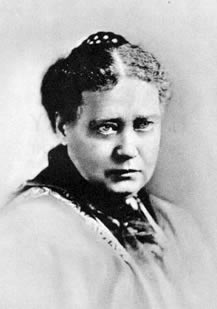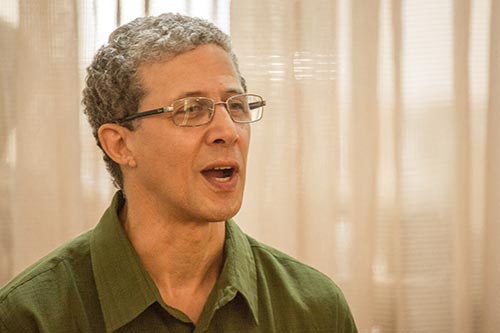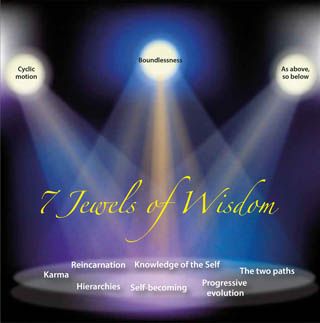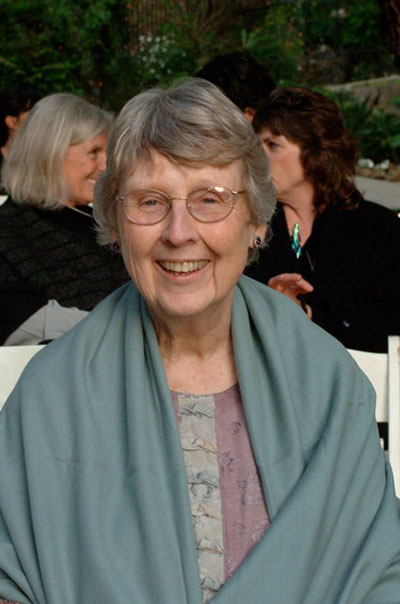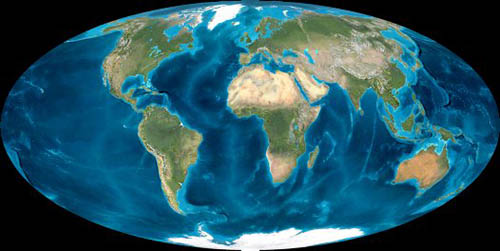Sacrificing the Self
(Symposium Talk, Convention, Adyar, 28 December 2003)
Paul Zwollo – the Netherlands
The word “altruism” is derived from the Latin “alter”, meaning “other”, and in general means recognition of the care we should take for the interests of others; to let one's course of action in word, thought and deed, be determined by the interests of others. Altruism is therefore a synonym for unselfishness. It denotes a certain inclination, a tendency to self-forgetfulness, and a sacrificing of oneself for the good of mankind.
It is evident that altruism, if practiced by us, determines the kind of society we live in, and that its archetype is parental love. In Theosophical literature we come across many synonyms and equivalents for the word “altruism.”
Is not Universal Brotherhood, as mentioned in the First Object of the Theosophical Society, an aspect of altruism? Both are facets of the Oneness of Life. The latter I like to equate with the Diamond Truth, which has numerous facets, all of which we have to pay attention to, in order to come to an all-round development. On a photograph of one of the first International Conventions here at Adyar, in the 1880s, we see a group of delegates seated under a large banner with the words 'The Theosophical Society and Universal Brotherhood'. So from the very start of our Theosophical Society, the concept of Universal Brotherhood was emphasized and regarded as the essence of the work our Society had to carry out.

